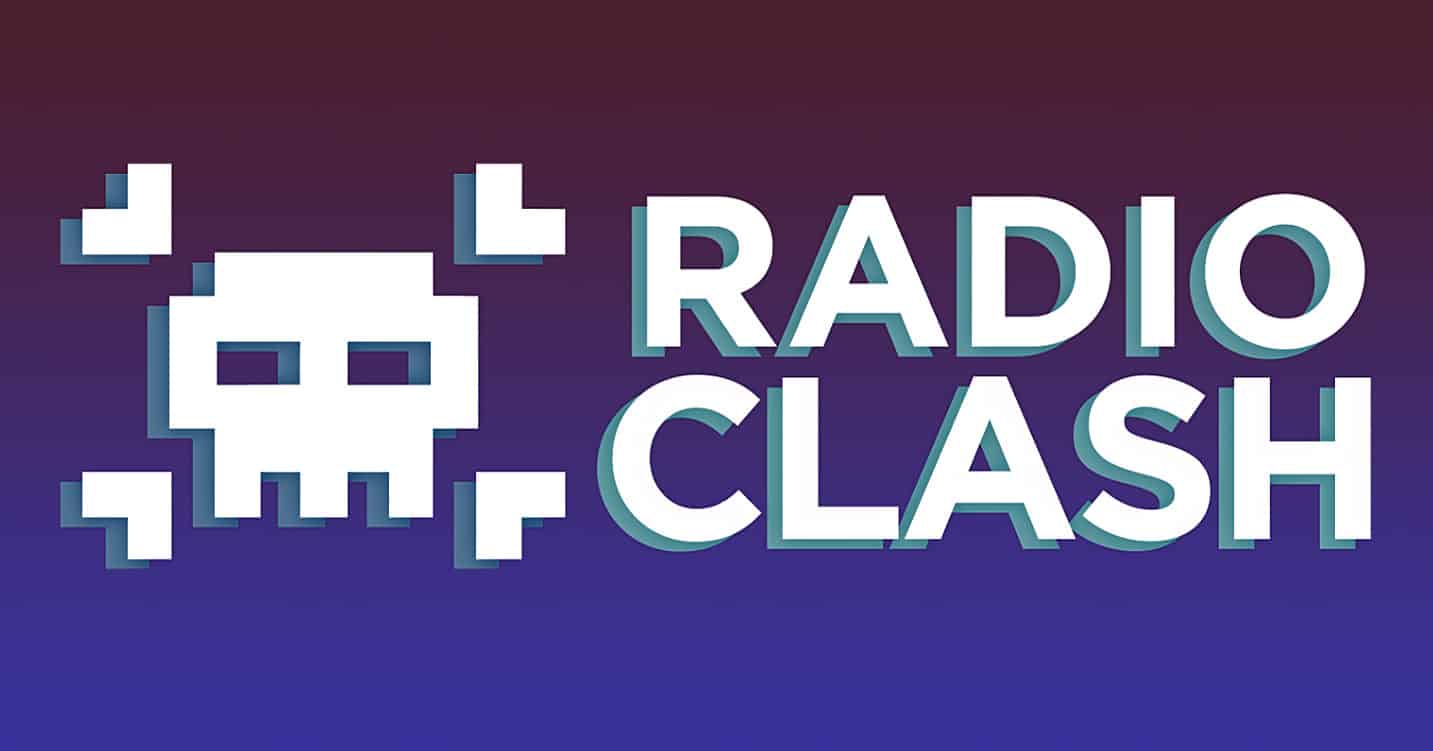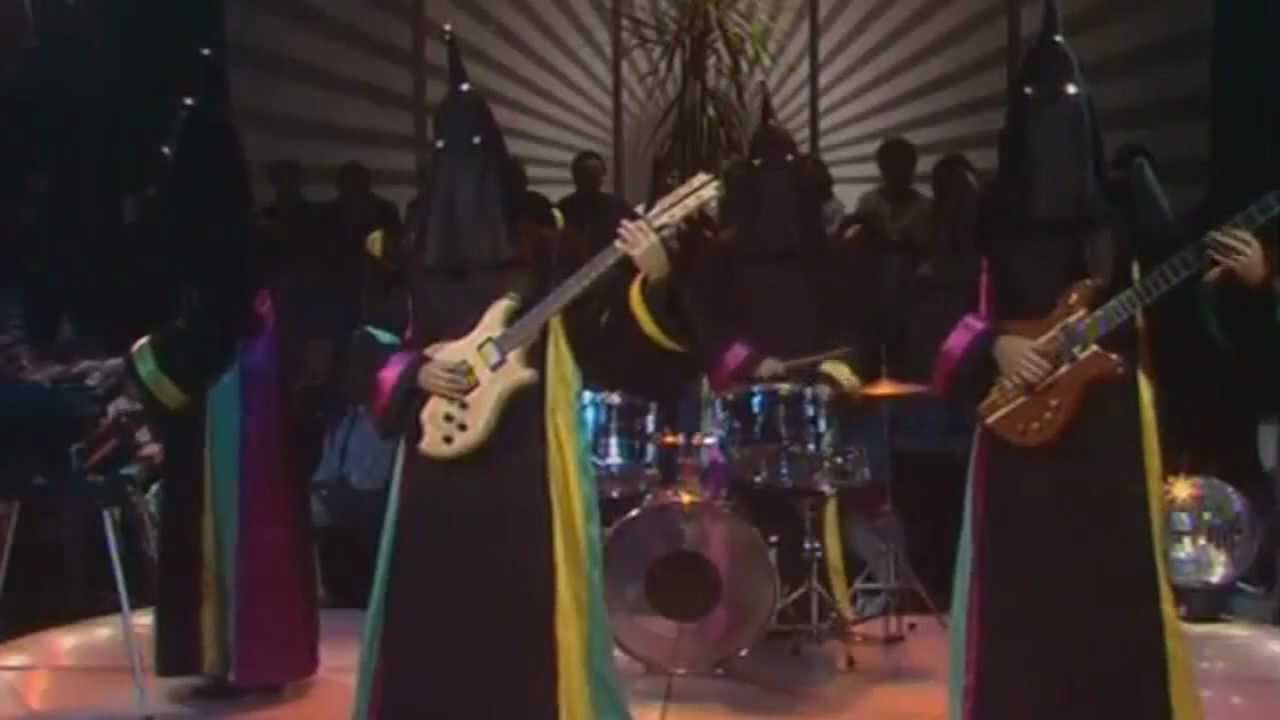I suspect the public at large think that mashups are fairly new phenomenon, or at most 15 years old. [QI voice] This is not in fact true. Although sampling as a technology didn’t become widespread until the late 80’s (the likes of Art of Noise allowing, a band who also took parts of songs and mixed them together, although at 30 grand not many could afford a Fairlight), singing or playing one song over the top of another wasn’t completely new.
Take this Spike Jones track from the 1950’s – playing O Sole Mio over the Charleston:
And then later, these two infamous 1970’s versions of the Green Acres Theme to the tune of Led Zeppelin’s Stairway to Heaven and Beatles A Day In the Life, respectively.
But the mashup, or bootleg or medley as it was known then didn’t really kick in til 1980 as something little more than a novelty joke. It took disco medleys like Café Crème (who beat Stars on 45 by 3-4 years), Boystown Gang and others to popularise the format, then a bunch of Canadian DJs Michel Gendreau and Paul Richer with Michael Ali created the infamous ‘Let’s Do It In The 80’s’ mix from original and highly illegal sources:
If it sounds familiar, especially the Beatles bit, it’s because Willem van Kooten heard this mix, realised it was unofficial as it used Venus which he had the rights to, and contacted Jaap Eggermont about bootlegging the bootleg. Which they did, re-recording the tracks with uncredited soundalikes and called it Stars on 45 in 1981. Not going to post any of that cheese here, but it kick-started a whole medley craze, pretty much started the mixtape and the idea of pre-recorded DJ mixes in the common conciousness.
Here’s a slightly later similar medley from the classic Big Apple Production aka Johnny Spags. A variant of this mega-medley shizzle was Steinski and Double Dee in 1983 with their Lessons. Not that dissimilar to the medleys doing the rounds, apart from being much more creative in teh cuts and the beat itself was cutup, which on tape was much harder to keep time – easier to set a simple ‘pacemaker’ beat throughout the medley, which is why they quite often grate after a while. But there is some layering in the Lessons.
But that craze also I think inspired a few people over in Italy – firstly prog fan Stefano Pulga (aka one half of Kano) with friends created ‘Disco Project’ by Pink Project in 1982, mixing Mammagamma and Sirius by Alan Parsons with Pink Floyd’s Another Brick In The Wall, originally using the sources as with a mashup, but eventually re-recording them to avoid copyright issues. You can see the strange live performance the top, I guess from Italian TV. Note that it’s basically an A vs B mashup, unlike other medleys of the time or ‘singing one tune over the other’ it’s one song with 3 sources.
Even more A vs B is fellow Italian Club House with their proto-mashup Steely Dan vs Michael Jackson, which like Disco Project became a bona fide hit of it’s own:
And even Pink Project had a unsuccessful comeback with a Billie Jean medley track, this time with Greg Kihn’s Jeopardy. I have no idea why they are dressed as trolls, this clip is classic strange Italian TV?! They also released several albums, going into original tunes which is always a bad move for mashup artists, but didn’t have the same minor hit as Disco Project.
As I said before, this begat the later house and megamix medleys – even frigging Jive Bunny sadly, although the more illegal side of remixing lived on with The Age of Chance and their promo version of Kiss in 1986:
By 1989 you had the likes of The Source with U Got The Love, and by 1990 house acts mashing it up with many tracks (K-Klass for instance) and Beats International with Dub Be Good To Me…the countdown to the modern mashup had started.


Leave a Comment! Be nice….